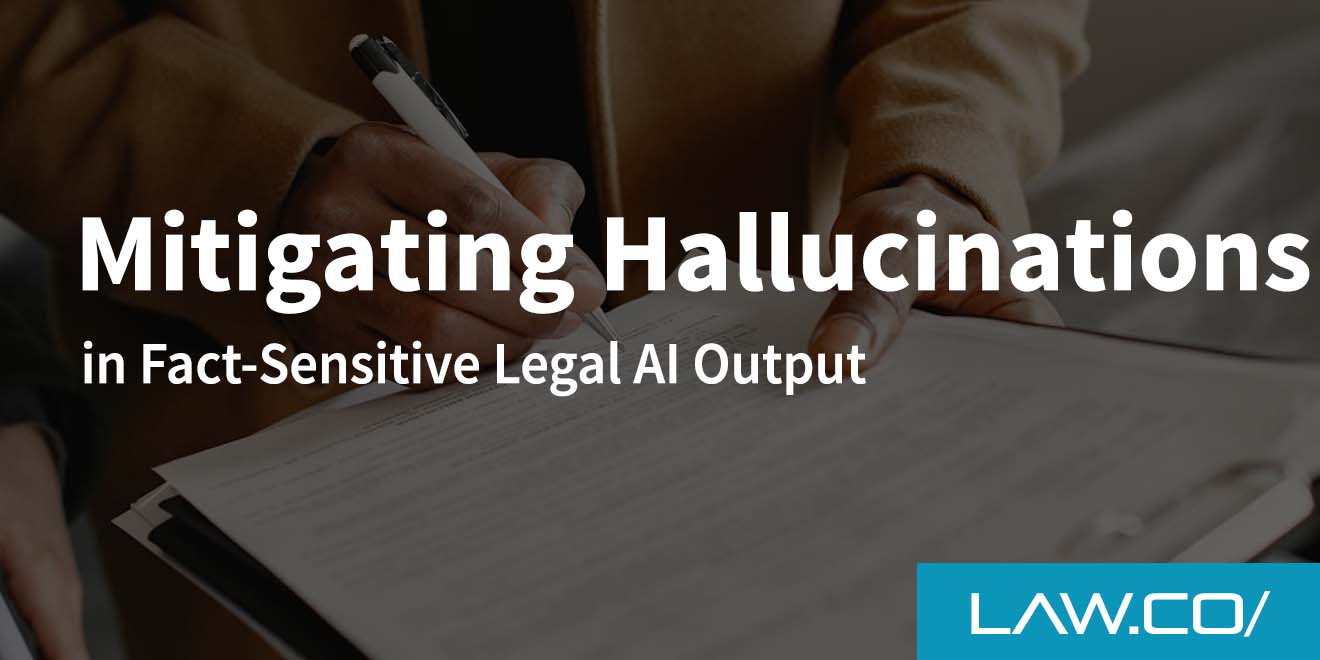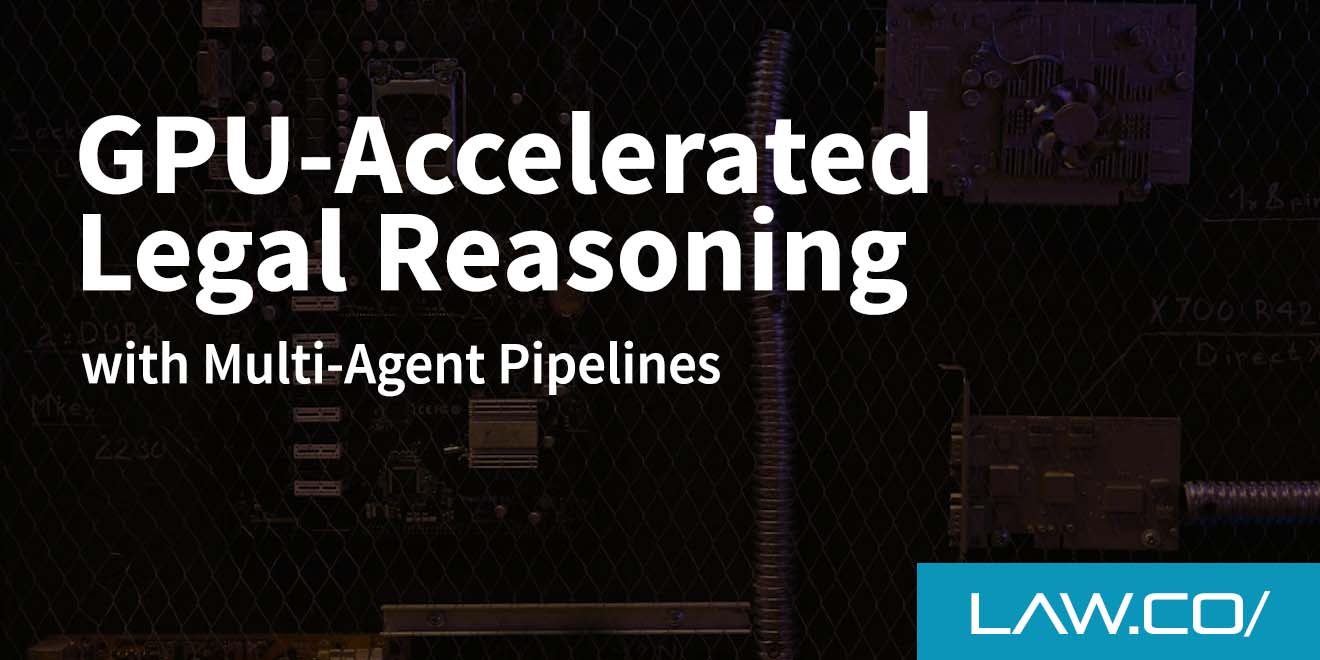

Prompt Rewriting via Legal Clause Interpolators
Imagine you open a familiar template for a service agreement and, instead of painstakingly swapping out names or adjusting indemnity language line by line, you feed it into software that understands the “prompt” of your original clause and instantly rewrites it to suit a brand-new deal. That, in essence, is prompt rewriting via legal clause interpolators.
At its core, an interpolator is a specialized piece of natural-language technology that treats each clause as a prompt, identifies the operative legal concepts inside that prompt, and generates a revised version that remains faithful to statutory requirements while reflecting your client’s facts. It doesn’t pitch boilerplate from thin air; it reshapes the text you already trust. Think of it as a very smart contract partner that never loses focus during a late-night drafting marathon.
Why Lawyers and Law Firms Are Paying Attention
Lawyers and law firms have always juggled competing pressures: draft in the client’s voice, protect against risk, and deliver quickly enough to keep the matter on budget. Clause interpolators speak to all three pressures because they:
- Reduce Turnaround Time: A first pass that once took hours can shrink to minutes, freeing up capacity for deeper strategic analysis.
- Preserve Institutional Style: Because the tool begins with your own template library, tone and formatting remain consistent, crucial when multiple offices or practice groups collaborate.
- Enhance Risk Management: By flagging statutory references, defined terms, or governing-law inconsistencies as it rewrites, an interpolator doubles as a built-in checker.
- Support Knowledge Capture: Each time a partner tweaks generated language, the system can learn and refine its future suggestions, effectively creating a living precedent bank without extra data-entry burden.
For midsize firms where associates are stretched thin, or boutique practices that rely on lean staffing, that combination of speed and quality control can feel game-changing.
Common Misconceptions About Clause Interpolation
Because any technology that “rewrites” legal text sounds a bit like science fiction, several myths have sprung up around it. Let’s clear up three of the most persistent misunderstandings so they don’t overshadow the genuine benefits.
It Erodes Attorney Judgment
The idea that software drafting tools replace professional analysis is as old as the first word-processing macro. In practice, interpolators free attorneys from repetitive keystrokes, letting them spend more time on the nuanced interpretation of law and negotiation strategy, areas that actually demand judgment.
All Output Must Be Scrutinized Line-by-Line Anyway, So It Saves No Time
You will still review. You will still redline. But you’ll begin from a draft that’s already 80–90 percent tailored to the matter at hand. Skipping the “blank-page stare” stage saves measurable hours, even after a thorough human QA pass.
It Can’t Handle Jurisdiction-Specific Nuances
Modern clause interpolators feed on jurisdictional datasets and statutory updates, surfacing region-specific phrasing automatically. If a clause relates to the Uniform Commercial Code, the tool will know whether your chosen state has adopted the latest amendments and will suggest language accordingly.
Best Practices for Implementing Clause Interpolators in Your Practice
Rolling out any new tool inside a law firm can trigger skepticism, sometimes outright resistance. To give an interpolator the best chance of improving, not disrupting, your workflow, keep these practical guidelines in mind.
Start With a Curated Template Set
Avoid dumping every form contract you can find into the system. Instead, select highly vetted, partner-approved precedents. Quality in equals quality out.
Establish Review Protocols Up Front
Treat interpolated drafts like any junior associate’s work product: they require a responsible attorney’s sign-off. Clarify who checks what, and document that process to keep malpractice carriers comfortable.
Train the Tool on Your Firm’s Style Guide
If your litigation team prefers “shall” while corporate leans on “will,” feed those nuances into the interpolator’s settings. Uniform style reduces internal friction when documents move between departments.
Monitor Regulatory Updates
The best software providers push automatic statutory updates, but designate someone, often a knowledge-management attorney, to confirm that the database remains current, especially for niche practice areas such as fintech or data-privacy compliance.
Iterate and Localize
After that first pilot deal, schedule a debrief. Where did the tool excel, and where did it stumble? Feed the lessons (and redlines) back into the knowledge library so each subsequent draft improves.
A Glimpse Into Life After Adoption
Picture this: you receive an urgent phone call at 4 p.m. from a long-standing manufacturing client. They’ve landed a cross-border supply contract and need a tailored distribution agreement by tomorrow morning so negotiations can proceed on schedule. Traditionally, you might assemble a team, pull down half-a-dozen precedent files, and brace for a late night.
With a clause interpolator in place, you instead open your firm’s preferred distribution template, enter a short prompt outlining the merchandise, governing law, and shipping-term tweaks, then let the tool do its first round of rewriting. Ten minutes later, you have a solid draft reflecting Incoterms 2020, a bespoke force-majeure clause that accounts for current pandemic-related disruptions, and an arbitration provision tied to the client’s desired locale.
Now your evening is spent refining business concerns, pricing escalations, exclusivity windows, rather than chasing defined terms you might have forgotten to update.
Clients notice. The document lands in their inbox ahead of schedule, their procurement lead feels heard because the language mirrors the commercial realities they described, and the relationship deepens. Meanwhile, your internal realization rate improves because fewer nonbillable hours evaporate into drafting grunt work.
The Ethical Dimension: Guardrails Matter
No discussion of AI-infused legal tools is complete without touching on ethics. Even the smartest rewriting engine is still an assistant, not counsel. Respect the classic duties:
- Confidentiality: Verify that the software provider keeps data within secure, jurisdiction-compliant environments. End-to-end encryption and on-premises hosting options may be non-negotiable for sensitive work.
- Competence: Bar rules require you to understand the technology you deploy. If you can’t explain, in plain language, how your interpolator transforms input clauses, spend time with vendor documentation until you can.
- Supervision: Treat the tool like a junior lawyer you personally supervise. You remain accountable for every line delivered to the client, full stop.
When those guardrails are in place, clause interpolation becomes less a futuristic gamble and more a responsible extension of your existing drafting toolkit.
Final Thoughts
Prompt rewriting via legal clause interpolators isn’t a magic wand that turns complex negotiations into one-click transactions. It is, however, an increasingly powerful ally for lawyers and law firms looking to balance speed, quality, and budget. By starting with trusted templates, imposing sensible review protocols, and embedding ethical safeguards, firms can harness this technology without sacrificing the craftsmanship clients expect.
Five years from now, the question may shift from “Should we adopt an interpolator?” to “Why are we still typing from scratch?” Adopting early lets you refine your internal processes, build a richer precedent library, and, perhaps most important, position yourself as the proactive counselor clients rely on when legal innovation meets real-world pressure.

%201.svg)










